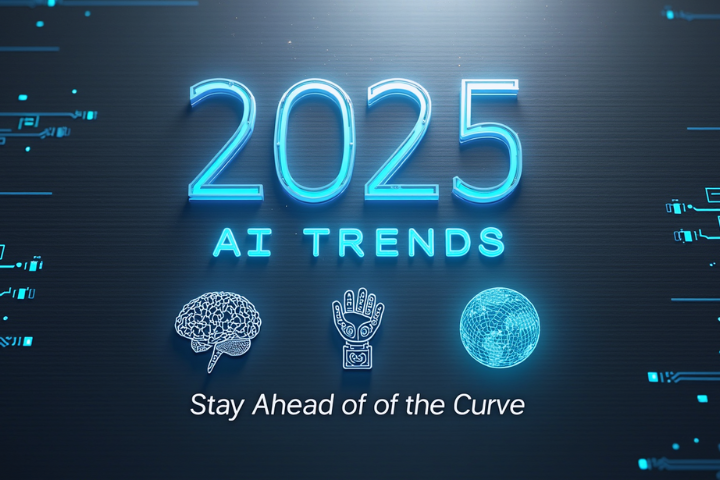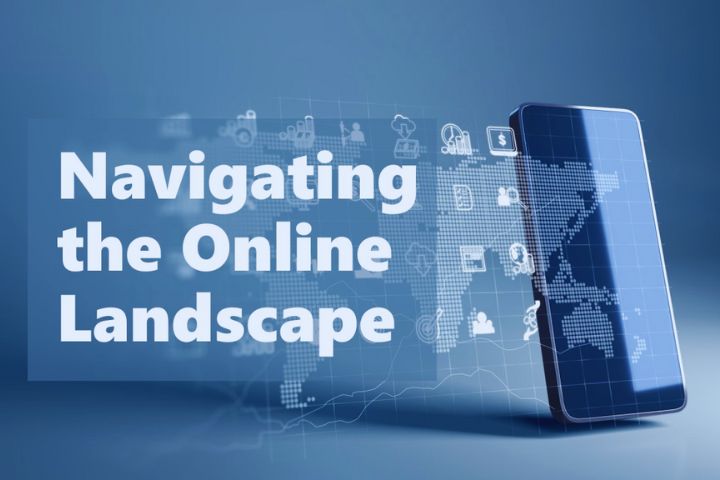As companies generate, buy, sell and share data, they also continue to increase the amount of information and the people who need to access a given document or piece of data. Most organizations are called to cull vast amounts of intricate data sets into brief, highly liquid fragments of classified information, designed to be transferred easily to other entities. In most cases, these companies retain data indefinitely within their network and systems for future use and analysis. Some others, store data for long periods to verify identification. Which shows that every organization aims to use data to maintain and increase its value, given that data is a valuable product.
However, data has a time value, and this is often discussed in circles of big data analytics or sales information. Over a period, most kinds of data could lose their value. For instance, contact credentials, addresses and the like could gradually lose significance as people move from one place to another, change careers or pass away. Besides, certain financial products such as credit cards have a life of value and could expire after some years or could change due to financial fraud or being misplaced. And while medical records are considered valuable to help better predict therapies, these too could become outdated when new therapies and treatment options begin to emerge.
So, when it comes to data security, data decay can be an ideal thing. For instance, if intellectual property dated from the 1970s or the 1980s is stolen today, it could probably be worthless. Long-established companies sometimes keep records that date back to their origin, simply because they may not have a specific decree to get rid of the information. But with the rise of data breach laws and liabilities, it can result in tremendous risk. If organizations begin to perceive the natural decay in the value of information, this can help to balance some of the risk associated with regulations.
When organizations prepare for a data breach, it is crucial that they accurately assess the amount of data stored in their systems and networks and the kind of data present. In addition, employing a proactive data and document security solution such as DRM (digital rights management) can ensure that relevant, sensitive information and confidential data that is pertinent to the organization stays secure. In this scenario, companies must also consider the rate of data decay for the kinds of data that it stores. Some information that holds value, such as intellectual property, products and services information and the like, can present a higher risk to the company as cybercriminals may look to steal this kind of valuable data. It is essential to compare the rate of data decay with the overall practicality it offers to the company. This can help to prioritize the efforts in disposing of unneeded information.
To address this issue, most companies anonymize data sets and get rid of explicit identifiers by replacing them with numeric codes and individual credentials. This practice is regarded as re-identification. The main objective, here, is to cut down on the dangers connected to data exposure, while ensuring that valuable data remains stored safely. In getting rid of specific characteristics, organizations consider that such data may not be exposed to a breach. Although data breach regulations and other laws take anonymization into account, in most cases, security and breach notification conditions are not applied to such anonymized information. And hence, when companies assume that a specific data set is anonymized, they believe it becomes safe to disseminate or share without the data being breached. But unfortunately, this is not true.
In many cases, anonymization has been seen to be reversed. To the lay man, a data set that has been anonymized could appear impossible to route back to the person, but is it worth trivializing such a task? This is because even anonymized information contains content that can be distinctive to a person, for instance, the prescription of a specific medication, lifestyle habits and symptoms. When such individual details to other information sources are mapped, say in the case of a voter enrolment list, customer buying profiles, marketing information and other information sets, it becomes possible to associate databases and eventually recognize people. This all boils down to the point that even anonymized information carries a massive amount of risk if a data breach were to take place.
Rather than anonymizing data, employing digital rights management (DRM) can prevent access and use of your protected data from all users, except the ones that you allow. You can control document access and use, including the number of times a document can be viewed and the length of time a protected document can be accessed for. Further, DRM can prevent the content of your protected document or PDF file from being altered, shared, copied, printed and saved into unprotected formats or used in unprotected applications. Further, it can also prevent the anonymous consumption of your protected content as document use can be monitored and logged. As the only proactive solution to prevent the unauthorized alteration and copying of digital content, DRM technology offers complete control on how a company’s documents can be viewed and used.



![Top 10 M4uFree Movie Alternatives | M4uFreeMovie in 2022 [Updated]](https://www.techsplashers.com/wp-content/uploads/2022/03/Top-10-M4uFree-Movie-Alternatives-M4uFreeMovie-in-2022-Updated.jpg)








Leave a Reply